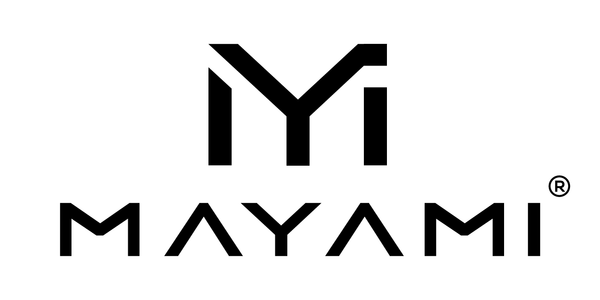Tennis strings go bad. Over time, either from just sitting in the racquet or from the normal pounding they take from making contact with tennis balls, tennis strings lose their ability to provide optimal performance. While technique and timing are important, as a player you depend on your strings to provide power, spin and directional control.
If you are casual player, someone who plays once every other week or less, you don't need to worry about restringing. A good idea is have new strings installed once a year or two if you are playing just for fun or as a family activity. At this level of use you are not going to put much stress on the strings, especially on budget strings like nylon or synthetic gut.

For serious beginners and intermediate players who play two times or more a week socially or competitively, you will want consider restringing more often. If you are playing in a club or USTA league, trying to reach the top on your local tennis ladder, or playing competitively in junior high or high school, then you need have fresh strings more often to maintain a competitive advantage.
While the professional players in the sport start every match, some even their daily practice sessions, with fresh string jobs, because they need power, precision and reliability on every shot, most professional tennis instructors say there is not much of advantage beginning and intermediate players.
Plus, frequent restringing, depending on a player's string preferences, can become expensive quickly. Stringers typically charge a fee for their labor and expertise plus the cost of the strings.
So, how do you tell when it is time to restring?
The most obvious is when you break one. For hard hitters, soft strings like gut and nylon The remaining indicators, however, are completely subjective.
The old adage and the one most quoted is to take the number of times you play each week and have new strings installed that many times a year. This formula probably still works for certain string types like natural gut and synthetic strings made from nylon-based materials. However, polyester strings tend loose their playability much faster.
Some players believe the best time to restring is when your strings stop returning to straight lines after hitting the ball. Depending on the string and tension that may be true, but generally speaking you can probably keep using those strings a bit longer.
Many players prefer to restring when they feel they can no longer hit their bread-and-butter shot. Missing too many predictable, routine shots is a check box for new strings. Then, there are players who restring after they have played a certain number of hours, usually somewhere around 10-16 hours.
Now that you have decided to have your racquet restrung, it is time to decide which string to use. Strings are grouped into classes based on their material composition. For beginning and intermediate players, coaches and teaching professionals will recommend synthetic gut, nylon, multifilament or natural gut. These strings are considered soft strings due to their inherent elasticity and shock absorption.

For more advanced players who can swing their racquets very fast with good form or regularly break strings there are polyester and Kevlar strings. These strings are stiffer, more durable and can punish those with inferior swing mechanics causing damage to wrist, forearms or shoulders. Polyester strings, or polys, are further subdivided based on shape and texture. Since these strings are not recommended for beginners, we'll focus on soft strings.
The crème de la crème of strings are natural gut. While it is the most expensive string you can buy, players can easily produce explosive, powerful shots and yet keep pinpoint control over where the land in the court. Also, known as natty gut, it is made from the outermost layer of a cow's intestine called the serosa. Reportedly, it takes material from three cows to make one set of strings.
2021 Wimbledon champion Novak Djokovic along with familiar surnames like Federer, Williams, Del Potro, Nishikori, Thiem, Murray and Anderson are known users of natural gut.
While this string type offers the most consistent playability, loads of power, and comfort, there are three main disadvantages using natural gut.
In addition to the hefty price tag, new players might steer away from it because of its short lifespan – it wears out pretty fast if you don't use some sort of maintenance ritual and compared to new poly strings on the market, they produce significantly less spin necessary in today's modern topspin oriented game.
If spending $40 to $60 every six to eight weeks for strings is outside your budget as beginner you might be interested in the next best thing, multifilaments.
Multis, which are made from micro strands of nylon fiber, mimics the same characteristics of natural gut at a quarter of the price. Multifilament strings don't require cleaning or oiling like the natty strings and because of their construction tend to last longer. This is a favorite among intermediate level competitive club players, seniors and especially players specializing in doubles for its comfort, control and power.
The majority of beginners seeking new strings gravitate or are guided towards synthetic gut or tournament nylon. With them being easy on the wallet, and more durable than natty gut and multifilament strings, synthetic gut/nylon strings are a good all-around string for beginners and intermediate level players. 'All-weather strings', with the exception of those made with Kevlar, S-gut and nylon strings are least affected by temperature and humidity.
When looking for new strings there are six main characteristics to consider - power, spin, comfort, control, feel, and durability. For every category that a string is better in, it is also lower in another. The goal is to find a string that strikes the right amount a balance to enhance a player's performance on the court.

